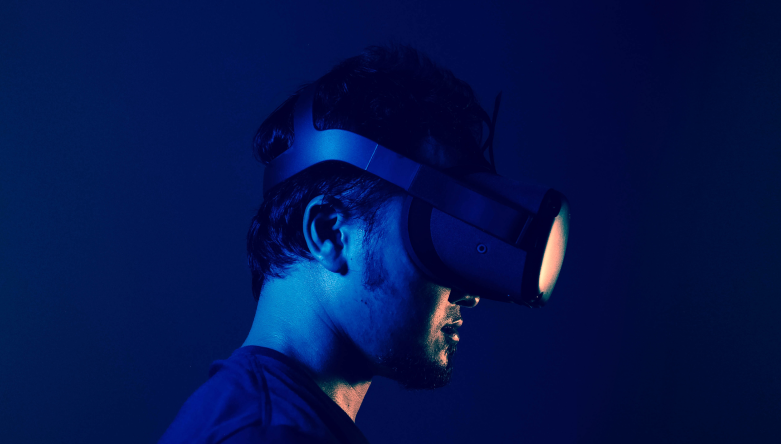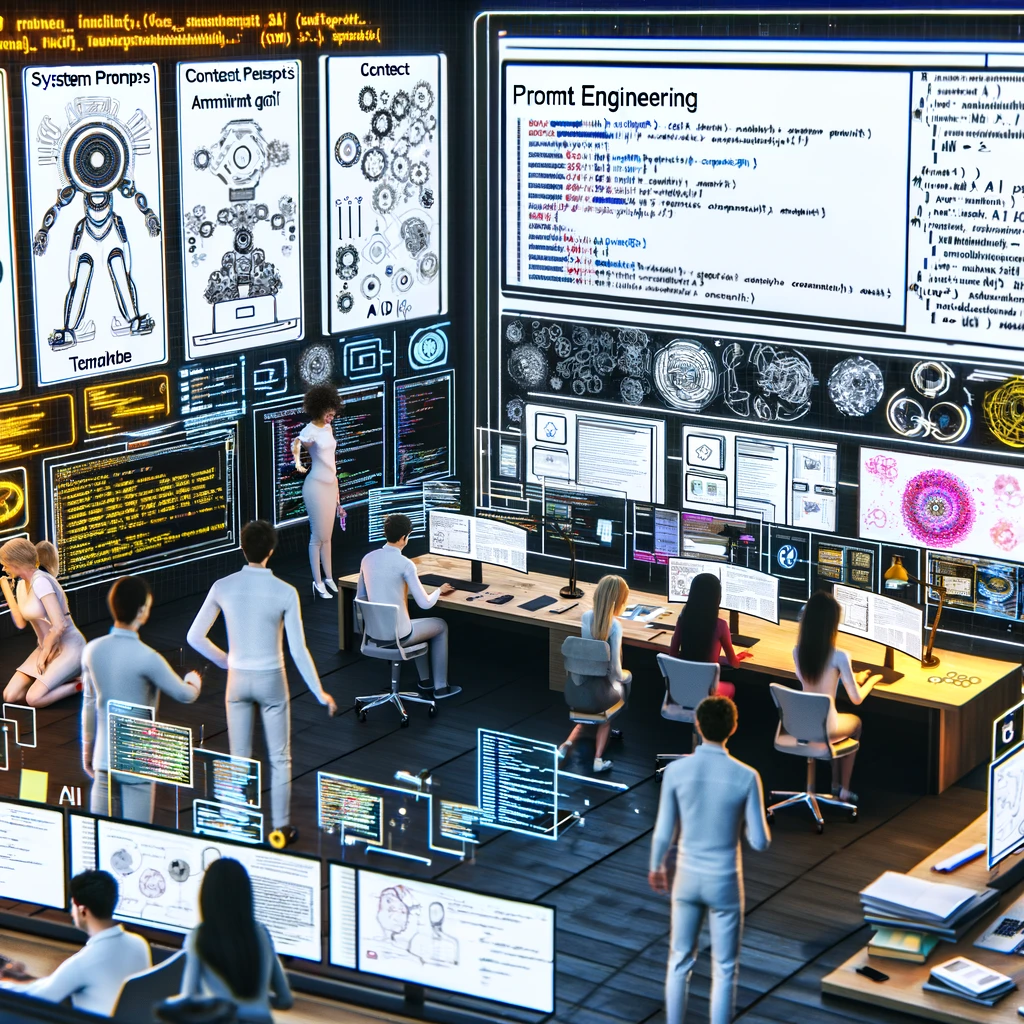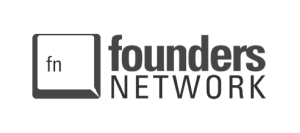From its humble beginnings as a network of interconnected computers in the 1960s, the internet has undergone a remarkable transformation in its short history.
In just a few decades, we’ve gone from simple text-based websites to an interconnected world of social media, video streaming, and e-commerce, connecting people and businesses across the globe in ways that were once unimaginable.
But the internet isn’t done evolving yet. Today, we stand at the cusp of a new era: Web 3.0.
The concept of a new phase of the internet has been a hot topic in many conversations in the tech industry over the last few years. And before we can fully understand the promise of Web 3.0 and what it means for the future of the internet, it’s important to look back at how the Internet has evolved over the past few decades.
In this article, we’ll explore the history and defining characteristics of Web 1.0 and Web 2.0 to better understand what Web 3.0 represents and what its potential impact on start-ups and the tech industry might be.
What Is Web 1.0?
In the late 1980s, the foundations for the World Wide Web were laid by CERN (European Council for Nuclear Research), which developed the Hypertext Transfer Protocol (HTTP), which standardised communication between servers and clients. Enter British Software Engineer called Tim Berners-Lee.
Tim Berners-Lee worked as a software engineer at CERN. He was frustrated by the limitations of the existing computer systems, which made it difficult to access and share information across different platforms and networks.
At the time, one would need to learn various computer programs to share information, so it was much easier to walk over to a colleague to ask a question.
To address this problem, Berners-Lee developed a new system for organising and sharing information over the Internet. He called his system the World Wide Web and designed it to be a way for people to access and share information flexibly in a user-friendly way.
Berners-Lee’s system was based on three key components:
💻 HTML (HyperText Markup Language): The markup formatting language for the Web that could be used to organise and format text and images on web pages.
💻 URL (Uniform Resource Locator): An address that is unique and identifies the source of information.
💻 HTTP (HyperText Transfer Protocols) A protocol for transferring data over the internet.
Berners-Lee published the first website in 1991, which provided instructions for how to use the World Wide Web.
He also developed the first web browser, WorldWideWeb.ap, which was used to access and view web pages. Berners-Lee also created the first web server – ‘httpd’ – to deliver web pages to users who requested them. For the first time, people outside of CERN could access the Web.
Tim Berners-Lee’s contributions to developing Web 1.0 were instrumental in making the Internet more accessible, user-friendly, and interactive.
While he did not create the internet itself, his work helped to lay the foundation for the digital revolution that would follow and what we now refer to as “Web 2.0”.
What Are the Key Features of Web 1.0?
The defining moment of Web 1.0 was the invention of the World Wide Web. But aside from Tim Berners-Lee’s innovations, the early days of Web 1.0 were characterised by gradual evolution and experimentation. A few developments are worth mentioning and have come to define Web 1.0:
💡 The launch of the first web browser
The launch of the first web browser, Mosaic, in 1993 is often seen as a turning point in the Web 1.0 era. Mosaic made it much easier for people to access and navigate the Web, and it helped to popularise the idea of the Internet as a tool for communication and commerce.
💡 The emergence of the first commercial websites
The first commercial websites began to emerge in the mid-1990s, as companies realised the Internet’s potential as a new marketing and sales channel. Websites like Amazon, eBay, and search engines like Yahoo! helped to popularise e-commerce and online advertising, laying the foundation for the Web 2.0 era.
What Is Web 2.0?
Since its inception, the internet has undergone a remarkable transformation, evolving from a simple means of sharing information globally to a participatory tool enabling greater user participation, collaboration, and interactivity.
This transformation gave rise to the web development phase known as Web 2.0, a term first introduced in 1999.
Web 2.0 was characterised by a shift from static pages and one-way communication to an interactive, participative social web. It emphasised user-generated content, primarily through social media platforms like Facebook, Twitter, and LinkedIn. Web 2.0 also saw the ongoing development of web browser technologies like Google.
The growth of user-generated content and the development of web-based applications accessible from anywhere with an internet connection paved the way for the rise of cloud computing and mobile-responsive web design.
Below, we’ll discuss these defining features in more detail:
💡 Social media
Web 2.0 saw the rise of social media platforms like Facebook, MySpace, and Twitter, which enabled users to create and share content with a global audience in new and innovative ways.
The social web paved the way for the explosion of user-generated content that has defined the Web 2.0 era.
Facebook offered users a more superior user experience than most other platforms, particularly MySpace. Facebook became more than just a social networking site. It provided an advertising platform for companies to connect directly with their customers.
💡 User-generated content
Web 2.0 shifted from passive online content consumption to active participation in user-generated content production.
This was made possible by the rise of blogging platforms like WordPress and Blogger, which made it easy for anyone to create and publish their content online.
💡 Web-based applications
Web 2.0 saw the emergence of web-based applications that could be accessed and used through a web browser rather than locally installed software. Web technologies made it easier for users to access and use software and services from anywhere with an internet connection, and paved the way for the rise of cloud computing.
Companies could now provide services and software that could be accessed through the Internet, making it easier for users to interact with them. Users could set up live events, which became increasingly popular during the global pandemic. The rise of social media applications became particularly prevalent during this time.
The global pandemic, in particular, ushered in an urgency for technology to evolve. Users heavily relied on social media apps like Facebook and Google Hangouts to stay connected.
💡 Mobile technology
Web 2.0’s explosive growth has been fueled by game-changing advancements in the development of powerful mobile devices like iPhones and Android smartphones that have given billions of people access to reliable internet connectivity.
More advanced mobile devices and mobile internet access led to the development of mobile-responsive web design and the rise of mobile apps, which have become an essential part of modern life.
The rise of mobile technology enabled users to access and use web-based applications and services on the go, paving the way for the creation of the “gig economy” and the dominance of apps like Airbnb, Facebook, Instagram, TikTok, Twitter, Uber, WhatsApp, and YouTube, among others.
What Is Web 3.0?
Web 3.0, also known as Semantic Web or read-write-execute, is the next iteration of the internet. The concept of a third generation of the Web has been around for several years, and it is difficult to attribute its invention to a single person or group.
However, the term “Web 3.0” is generally credited to Gavin Wood, the co-founder of Ethereum and founder of the Web3 Foundation. That said, discussions about the latest Web iteration started gaining momentum in 2006 in a New York Times Article by John Markoff.
Tim Berners-Lee envisioned Web 3.0 as a “more intelligent web” where Artificial Intelligence (AI) and Machine Learning (ML) enable computers to analyse data in the same way that humans do. Semantic technologies will allow this to happen.
💡 What Are Semantic Technologies?
The Semantic Web is an extension of the World Wide Web that aims to provide software programs with machine-interpretable metadata to enhance published information and data.
By adding data descriptors to existing content, computers can interpret information like humans and achieve tasks more efficiently. Web 3.0 aims to enable more efficient and effective search engines, discovery, and decision-making.
Tim Berners-Lee envisioned a future where computers could process information on our behalf. In this context, “semantic” refers to machine-processable data, while “Web” suggests a navigable space of interconnected objects with mappings from URIs to resources.
Web 3.0 goes beyond the initial vision for a semantic web by Tim Berners-Lee and will evolve into something much bigger, integrating more diverse features such as AI, machine learning, decentralisation, and peer-to-peer networks.
A few key distinctions exist between Web 2.0 and Web 3.0, but decentralisation is at the heart of both. The web is dominated by a few large companies, which exercise centralised control over their content and services. This centralisation creates several problems, including privacy concerns, data breaches, and the potential for censorship and discrimination.
Web 3.0 developers are beginning to build apps differently than before. They’ll use blockchains or decentralised networks with many servers – instead of just one server or database – to store data without being tracked. These apps are called decentralised apps (Dapps) and they already exist.
The future of the Internet is a topic of great interest and speculation, and there are many possible directions in which it could evolve. The following section discusses the defining features of Web 3.0.
Features of Web 3.0
💻 Increased connectivity
The internet will continue to become more ubiquitous and will no longer be limited to desktop computers or smartphones, but will be available everywhere and all the time. Web 3.0 is often called the “web of everything and everywhere” because of the vast network of connected devices known as the Internet of Things.
This is already happening with Web 2.0. For example, social media platforms like Instagram allow users to post photos from their phones and share them online, making them available everywhere.
💻 Artificial intelligence
Artificial intelligence will become one of the key factors that drive the development of Web 3.0. AI can understand and process huge volumes of data and make hyper-personalised predictions and recommendations based on that data.
How this would look in a Web 3.0 environment is having enhanced AI-powered algorithms that will be able to analyse a user’s browsing and search history to create an even more personalised online experience. This could involve more accurate recommendations for content, products, and services that are tailored to the individual user’s preferences and interests, and boost user interaction and engagement.
Another area where artificial intelligence is already envisaged to play a major role in Web 3.0 is with virtual assistants and chatbots like ChatGPT. These virtual assistants will be interacting with web users in a more natural and intuitive way, using natural language processing and machine learning algorithms to understand and respond to user queries.
💻 Virtual reality and augmented reality
Virtual and augmented reality technologies are also likely to play a major role in the future of the Internet. Current examples of this include The Metaverse and immersive 3-D graphics found in e-commerce, real estate, computer games, and virtual museum tours.
As these technologies continue to improve, we may see more immersive and interactive online experiences that blur the lines between the digital and physical worlds.
💻 Decentralization
Decentralization is a key component of Web 3.0. It contrasts directly with the current Web, where a few large companies with centralised control over content and services dominate.
This centralisation creates many problems, including privacy concerns, data breaches, and the potential for censorship and discrimination.
A decentralized Web will have no single point of control, so no single point of failure will exist, either. This will be achieved through blockchain and other distributed ledger technologies, enabling more secure and transparent online transactions and interactions.
Web 3.0 developers are beginning to build apps differently than before. They’ll use blockchains or decentralised networks with many servers, instead of just one server or database, to store data and digital assets without being tracked. These apps are called decentralised apps (Dapps) and they already exist.
Some potential applications of Web 3.0 include decentralised social networks, decentralised marketplaces, and DAOs (decentralised autonomous organisations) controlled by their members rather than a central authority.
Overall, Web 3.0 has the potential to revolutionise the way we interact with information and each other online, and could lead to a more open, democratic, and equitable Internet.
Decentralisation on Web 3.0 also has advantages:
🔒 Improved privacy and security
Finally, privacy and security are likely to remain significant concerns in the future of the internet. As more personal and financial data becomes digitised, we will need better tools and systems for protecting our privacy and security online.
As we’ve mentioned earlier, Web 3.0 is expected to be more decentralised, meaning there will be no single point of failure so that networks will be more resilient against attacks.
Also, Web 3.0 will use advanced encryption techniques to secure data, including end-to-end and homomorphic encryption, allowing data to be processed while it remains encrypted.
🔒 Transparency and trust
Web 3.0 is built on blockchain technology, which is inherently secure due to its decentralised and immutable nature. The use of smart contracts and cryptographic algorithms will make it possible to conduct secure and transparent online transactions and interactions.
Decentralized finance could help reduce fraud, corruption, and other forms of online commerce and governance misconduct.
🔒 More control over personal data
With Web 3.0, users are expected to have greater control over their personal data and digital identities. This could lead to a more secure and private internet, where users have control over their data and can decide how it’s used and shared.
When Will Web 3.0 Be Released?
Web 3.0 is still closer to an idea than a reality. The exact definition of what it will entail has yet to be determined. Some of its components already appear in our online experiences, such as NFTs, Blockchain, Distributed Ledgers, AR cloud, Siri, ChatGPT, and the Internet of Things.
While these technologies are not the complete version of Web 3.0, they are already moving in that direction on the existing Web.
According to the website of Signal co-founder Moxie Marlinspike, Web 3.0 is “…a somewhat ambiguous term, which makes it difficult to evaluate what the ambitions for Web 3.0 should be. But the general thesis seems that Web 1.0 was decentralised, Web 2.0 centralised everything into platforms, and Web 3.0 will decentralise everything again”.
The topic of Web 3.0 raises many interesting questions about how the concept will become a reality. In addition, we are fascinated by the various technologies involved and what the future holds for players looking to enter the Web 3.0 industry.
In the meantime, while we wait to see what version 3.0 of the World Wide Web holds, we’ll stay on top of the latest industry news through regular reading. Here is a list of articles we thought explained the concept of Web 3.0 well:
🔗 Moxie Marlinspike >> Blog >> My first impressions of Web3
🔗 Web3? I have my DAOts – by Jay Pinho
🔗 What is Web3? Here Are Some Ways To Explain It To A Friend | ConsenSys
🔗 The hype around Web3 and how it can transform the internet | World Economic Forum.
🔗 What Is Web3 All About? An Easy Explanation With Examples
🔗 What Is Web3, Anyway? | WIRED
MOHARA Can Help
We’re a product venture studio with over ten years of experience developing software for start-ups, and we are incredibly excited about the possibilities of Web 3.0!
So if you have a great business idea or application for Web 3.0, why not get in touch with us and see if we can build something together?
Having helped more than 30 start-ups bring successful software products to market, we understand the product development process from start to finish.
We can help with every aspect of your start-up journey, so let’s be Web 3.0 pioneers together!











